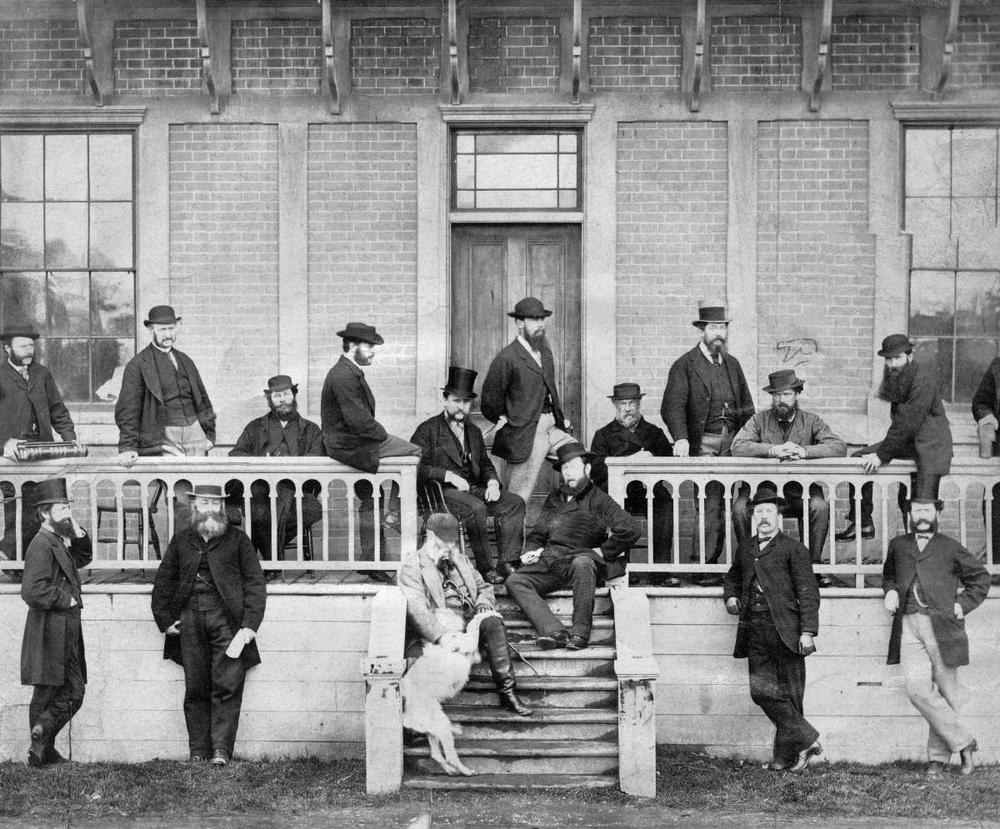The decline of the gold rush, decreasing government revenues, and increased debt prompted the introduction of some cost-cutting measures. Mainland colonial Governor Frederick Seymour recommended to London that Vancouver Island be made part of British Columbia.
On November 19, 1866, the British Parliament passed an Act that largely followed Seymour’s advice and joined the two colonies as the United Colony of British Columbia.
The Colony of Vancouver Island and its elected Legislative Assembly were absorbed into the new colony with New Westminster as the capital. Seymour was appointed Governor of the united colony and proceeded to swear in a formal Executive Council of advisers to replace former Governor James Douglas’ informal appointments.
The Legislative Council of British Columbia for the united colony was expanded from 15 to a maximum of 23 members, nine of whom were elected. The remainder were either appointed by the Governor or were senior civil servants.

Image C-06178 courtesy of the Royal BC Museum and Archives. Photographer Frederick Dally.
